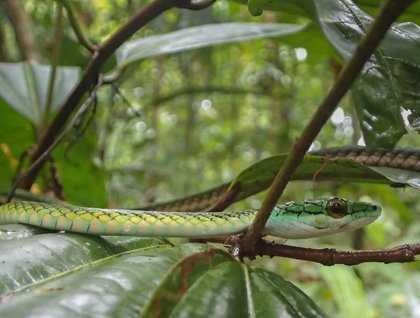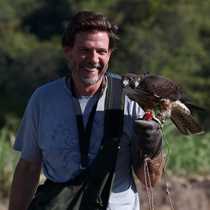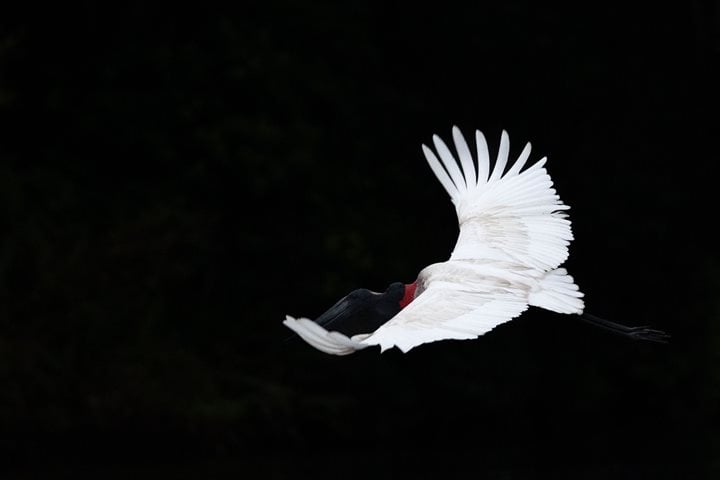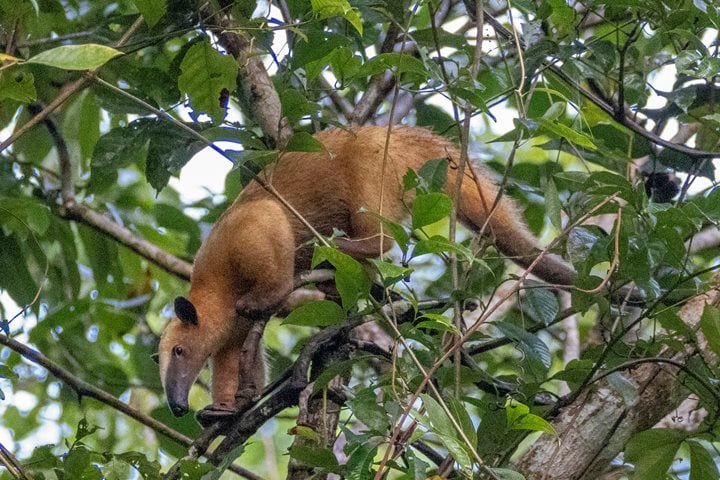The Amazon Natural Park is a private reserve set aside for ecoturistic purposes. This large extension of land has great trails for exploring the jungle, and we get to see some of the large ceiba trees that we don’t find very often elsewhere. To start the adventure, we embarked wooden boats, which are two wooden canoes tied together and propelled by the traditional Amazonian paddles.
After crossing the artificial lagoon, we reached an area of hanging bridges that gave us a new perspective on the jungle, since we can see it from much higher than the usual. Great photographic opportunities are found close to the canopy of the trees, and the bridge itself is quite photogenic.
Nauta Caño is a tributary of the Marañón River. The black water, which is naturally stained by abundant tannins, is a good place to find tucuxis and pink river dolphins, and we enjoyed their presence for a good part of the afternoon. We embarked our skiffs to venture once more in search of wildlife. As we searched on the trees, we kept adding new bird species to our repertoire. We also kept finding three-toed sloths resting, or slowly moving around the Cecropia trees. Troops of squirrel monkeys were often seen as well. We had a delightful ride, getting into the most remote lagoons that are now accessible by boat, since the river keeps increasing in its water level.
The evening light became magical, not only for photographers, but for all of us who where enjoying the simple beauty of the jungle on the riverside. Horned screamers and mealy Amazon parrots were seen and heard giving a complete mood of jungle feelings.
To end the day, we ventured after dinner into the jungle again. Delfin II repositioned close to the Amazonas Village. Here we took our flashlights and searched for insects, frogs, and all kinds of nocturnal dwellers. Our highlight was a colubrid snake that far from being scary was quite cute. We practiced our nocturnal photography skills and felt lucky to be here, in the heart of the Peruvian Amazonia.







